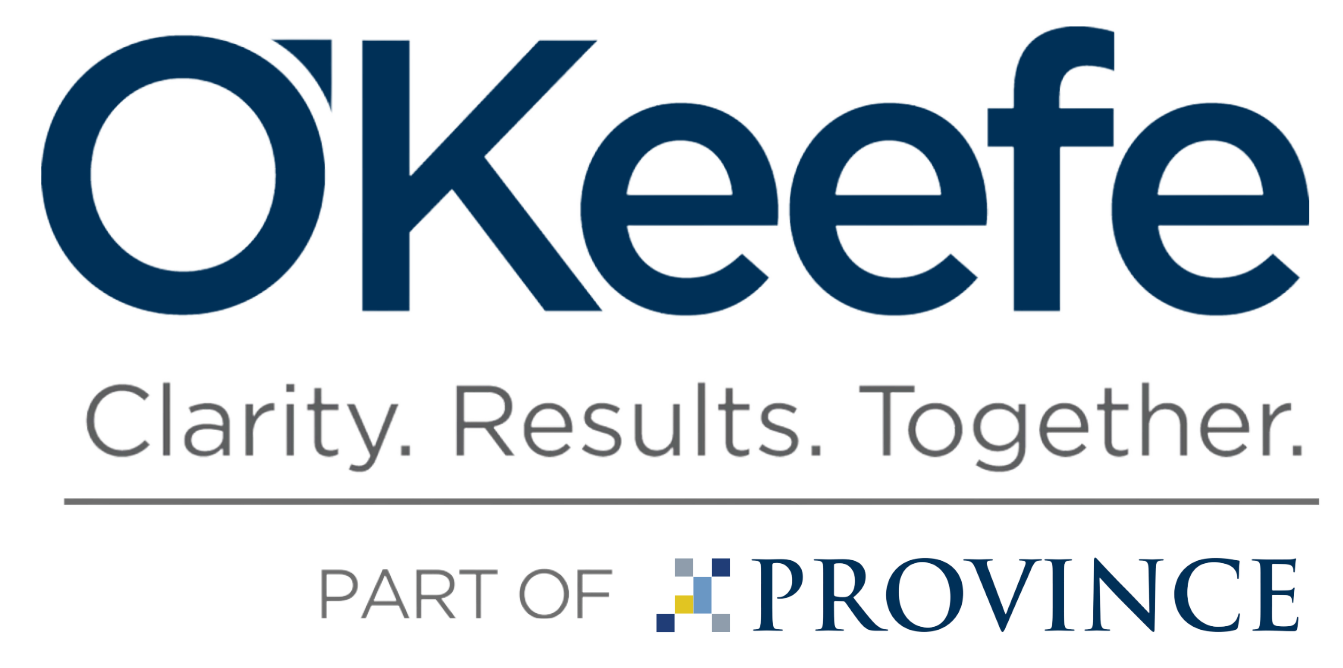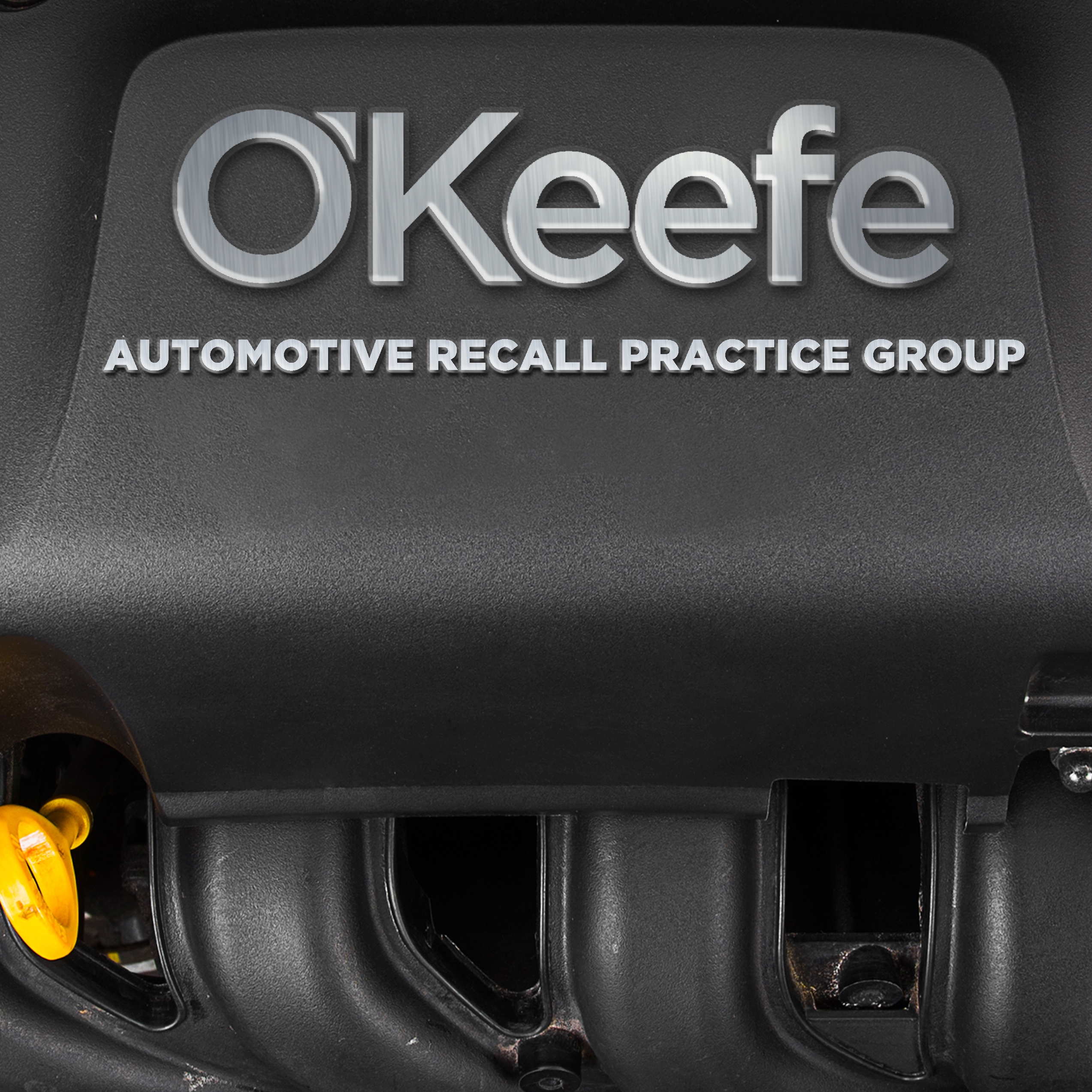Peeling Back the Layers: Cost Components of a Recall Damage Claim
Recall damage claims can be significantly overstated as the Original Equipment Manufacturer (“OEM”) tries to recover in some instances more than the actual out of pocket costs. In many instances recall efforts, in addition to getting unsafe parts off the market, serve as profit opportunities for the OEM. It is critical to peel back the layers of the alleged recall costs being pushed to suppliers to properly assess the accuracy of the program recall costs asked to be reimbursed. Each component must be evaluated for underlying assumptions, relevant historical data, industry trends and relevance to the recall/claim involved. OEMs may use standard costs to estimate labor or material cost in the damage claim. Understanding the standards and comparing them to actual repair costs is a first step. In addition, the evaluation should dig deep into purchase orders, invoices, and the claimant’s data systems to ascertain the propriety of such costs. In many cases the OEM’s accounting system is not sufficient to properly prove the costs of the recall to be borne by the supplier. It is also important to consider the location of the repair population. Location mix is relevant to many costs as labor rates and allowable profit margins for handling and recall repair vary by region. Many profit margins for dealer services in this area are regulated by the applicable State. Understanding the percentage of vehicles in any one area can significantly impact cost. An additional key component on cost is interdivisional profit, which can be complicated to unwind. Once the layers of the cost build up are unveiled, a complete assessment of the alleged damage claim can be made.


